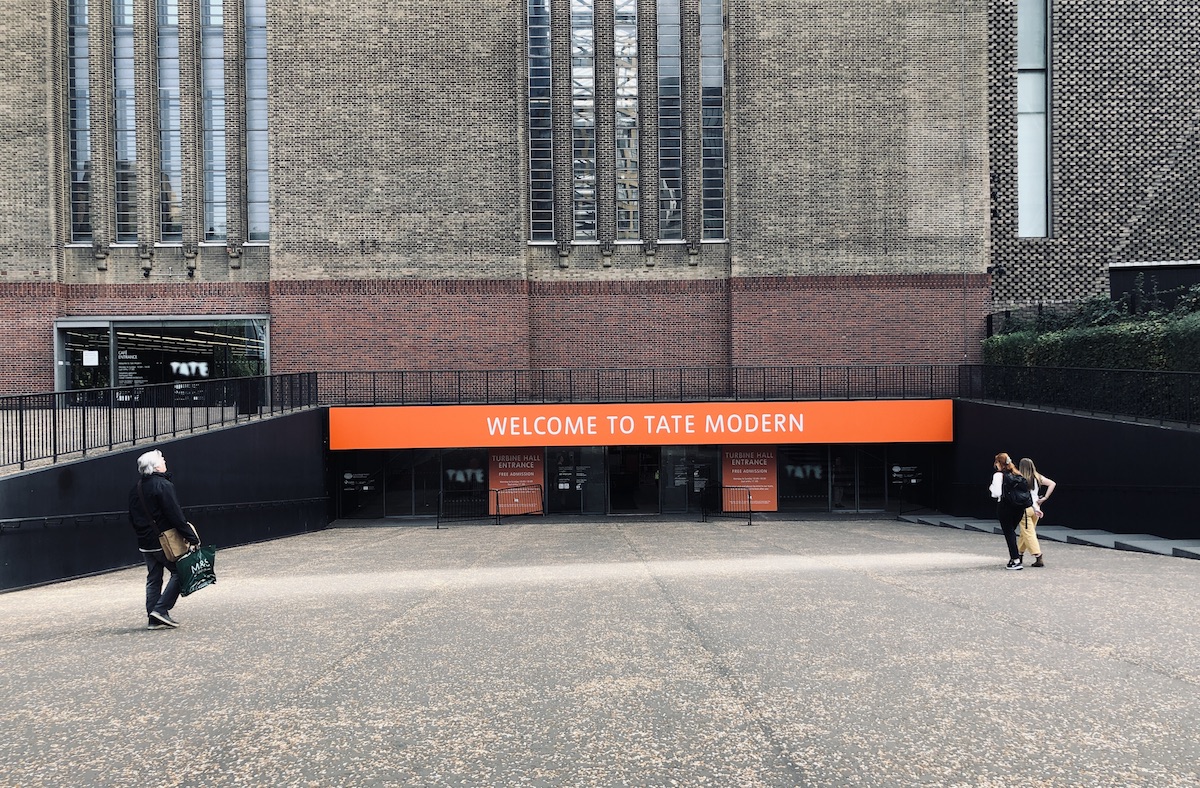The Tate has been simmering behind the scenes for months, but now it has evolved into a week-long strike that will test both the institution’s resilience and the public’s patience. In a ballot that closed on 11 November, members of the Public and Commercial Services (PCS) union voted by a thumping 98% in favour of industrial action, with a turnout that would make most elections blush — almost 88%. More than 150 workers across the Tate constellation of London, Liverpool, and St Ives galleries will go on strike from 26th November to 2nd December. That window isn’t accidental. It lands squarely on the opening of Turner & Constable: Rivals & Originals at Tate Britain, a significant exhibition now bracing for “potential disruption”, which is the polite institutional phrase for “this could get messy.”
PCS is only one of the three unions representing Tate staff. Still, it’s the only one currently on strike—the dispute centres on pay, specifically the lack of realistic pay increases. Tate’s current offer of 3% not only falls below the Civil Service Pay Remit; workers say it barely addresses the reality of London’s rising rent, transport, groceries, and other expenses that have increased while salaries have remained unchanged. A recent PCS survey painted a stark picture in blunt numbers: 72% of its members said their pay doesn’t cover basic living costs. Not luxuries. Basics.
And this is after a bruising few years. Tate pushed through its second major restructure since 2020, citing a sluggish post-pandemic recovery. About 40 roles vanished across departments. Staff canteens at Tate Britain and Tate Modern — once a small but meaningful benefit, offering subsidised meals and a shred of workplace community — were shuttered. Access to the Civil Service Pension Scheme was withdrawn for new starters and replaced with a significantly less comprehensive alternative. It hasn’t gone down well.
PCS general secretary Fran Heathcote didn’t bother with diplomacy. “With many Tate directors receiving six-figure pay packages and five-figure bonuses while staff are condemned to in-work poverty,” she said, “it is no wonder we have seen such an overwhelming vote for strike action.” It’s the sort of line that lands because it’s hard to argue with the optics: glossy senior salaries and staff scraping by is not a good look for an institution that trades on public goodwill.
Tate, for its part, insists the picture is more complicated. A spokesperson said the gallery group has made “careful savings” this year expressly to fund pay rises while keeping the books level. Directors are taking a 0% increase, they note, and the 3% rise covers the lowest three pay bands. The institution argues that long-term sustainability requires caution in the present. Whether that holds water with the staff actually running the buildings is another story.
The Tate isn’t alone in feeling the pressure. This winter is shaping up to be a season of industrial unrest across the cultural sector. The British Library is facing strikes. Similarly, the National Coal Mining Museum in Wakefield is also a notable attraction. After years of wage stagnation, austerity-era legacies, and the hollowing-out effect of inflation, workers across museums and galleries are pulling the emergency cord.
And then there’s the Science Museum, where a very different chapter has just come to a close. The United Voices of the World (UVW) union — representing the museum’s security guards — has finally been recognised by the institution after a long fight, confirmed by the government’s Central Arbitration Committee. This follows 50 days of strike action that delivered pay rises of up to 23%. For a sector known for unstable hours, low pay and high turnover, this isn’t just a win; it’s a precedent.
Catherine Campbell, a guard with fourteen years under her belt, put it plainly: “We won by organising one conversation at a time,” she said. Rain, wind, cold, picket lines — the usual ingredients of union victory. Now those guards are preparing to negotiate their first formal pay deal in 2026.
If the Tate strike lands with the impact unions expect, this could be the moment when the cultural sector’s fault lines stop being quiet and internal grumbles start becoming something more public, more structural. Institutions often emphasise access, inclusion, and community. The following week will show how those values play out when the staff who keep the lights on decide that enough is enough.

